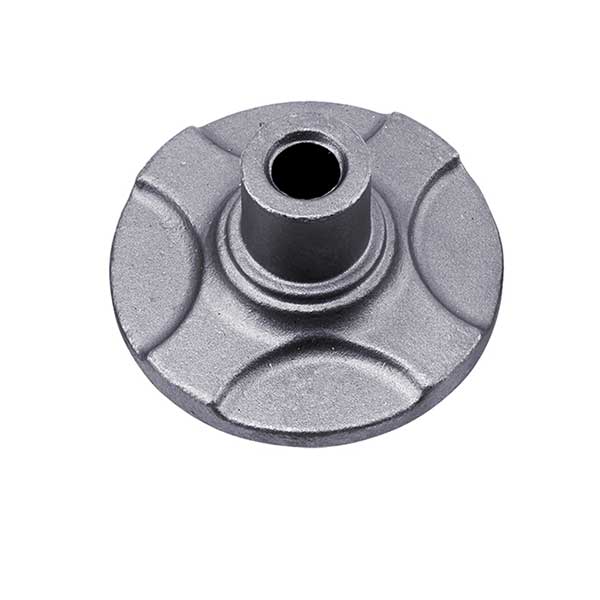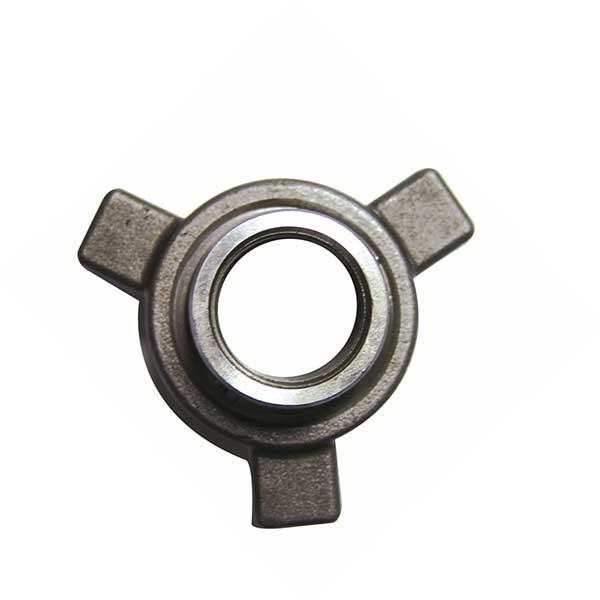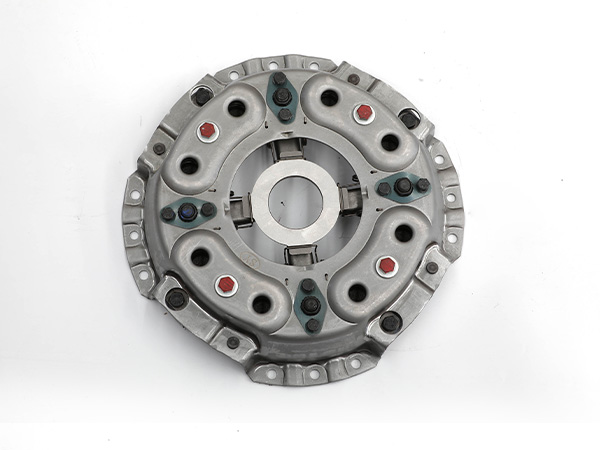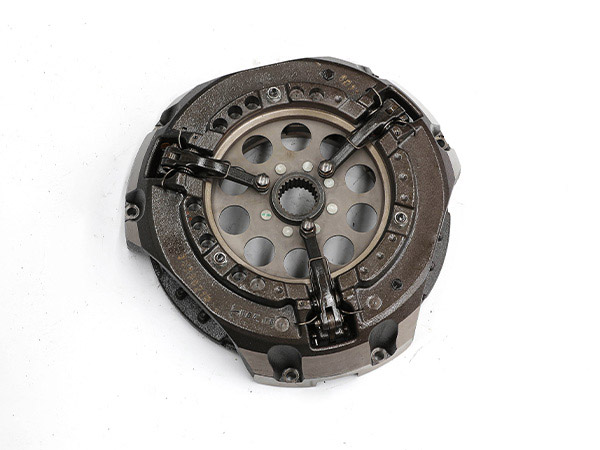https://www.ls-casting-mold.com/wp-content/uploads/2022/02/Vibrating-Screen4-1.jpg
450
600
lsmojv
http://www.ls-casting-mold.com/wp-content/uploads/2018/12/lslogo-300x138.png
lsmojv2023-04-23 15:32:272023-04-23 15:32:27What is the precaution of vibrating screen?
https://www.ls-casting-mold.com/wp-content/uploads/2021/06/高压球机7.jpg
400
600
lsmojv
http://www.ls-casting-mold.com/wp-content/uploads/2018/12/lslogo-300x138.png
lsmojv2023-04-23 15:18:552023-04-23 15:18:55What machine is used to make briquettes?
https://www.ls-casting-mold.com/wp-content/uploads/2022/08/forging-process.jpg
600
600
lsmojv
http://www.ls-casting-mold.com/wp-content/uploads/2018/12/lslogo-300x138.png
lsmojv2023-04-17 10:35:452023-04-17 10:35:45WHAT IS THE PROCESS OF FORGED WHEELS
https://www.ls-casting-mold.com/wp-content/uploads/2023/01/轴叉锻件.jpg
800
800
lsmojv
http://www.ls-casting-mold.com/wp-content/uploads/2018/12/lslogo-300x138.png
lsmojv2023-04-17 10:24:372023-04-17 10:24:37WHAT ARE THE TYPES OF HOT FORGING
https://www.ls-casting-mold.com/wp-content/uploads/2022/05/PU20.02602.jpg
700
700
lsmojv
http://www.ls-casting-mold.com/wp-content/uploads/2018/12/lslogo-300x138.png
lsmojv2023-04-17 10:15:262023-04-17 10:15:26What are the factors affecting the price of cross roller bearings
https://www.ls-casting-mold.com/wp-content/uploads/2022/05/PU20.02602.jpg
700
700
lsmojv
http://www.ls-casting-mold.com/wp-content/uploads/2018/12/lslogo-300x138.png
lsmojv2023-04-17 09:58:342023-04-17 09:58:34What are the characteristics of thin-walled bearings
https://www.ls-casting-mold.com/wp-content/uploads/2022/06/IMG_6351.jpg
400
600
lsmojv
http://www.ls-casting-mold.com/wp-content/uploads/2018/12/lslogo-300x138.png
lsmojv2023-04-13 17:26:432023-04-13 17:26:43What are the models of forestry machinery slewing bearings ?
https://www.ls-casting-mold.com/wp-content/uploads/2022/06/IMG_6351.jpg
400
600
lsmojv
http://www.ls-casting-mold.com/wp-content/uploads/2018/12/lslogo-300x138.png
lsmojv2023-04-13 17:12:382023-04-13 17:12:38What are the common faults of excavator slewing bearings
https://www.ls-casting-mold.com/wp-content/uploads/2022/02/954-e1645597921663.jpg
400
600
lsmojv
http://www.ls-casting-mold.com/wp-content/uploads/2018/12/lslogo-300x138.png
lsmojv2023-04-13 16:47:502023-04-13 16:47:50What are the types of clutches for agricultural machinery and tractors?
https://www.ls-casting-mold.com/wp-content/uploads/2022/08/tractor-clutch.jpg
450
600
lsmojv
http://www.ls-casting-mold.com/wp-content/uploads/2018/12/lslogo-300x138.png
lsmojv2023-04-13 16:25:312023-04-13 16:25:31What are the types of tractor clutches?
Scroll to top










